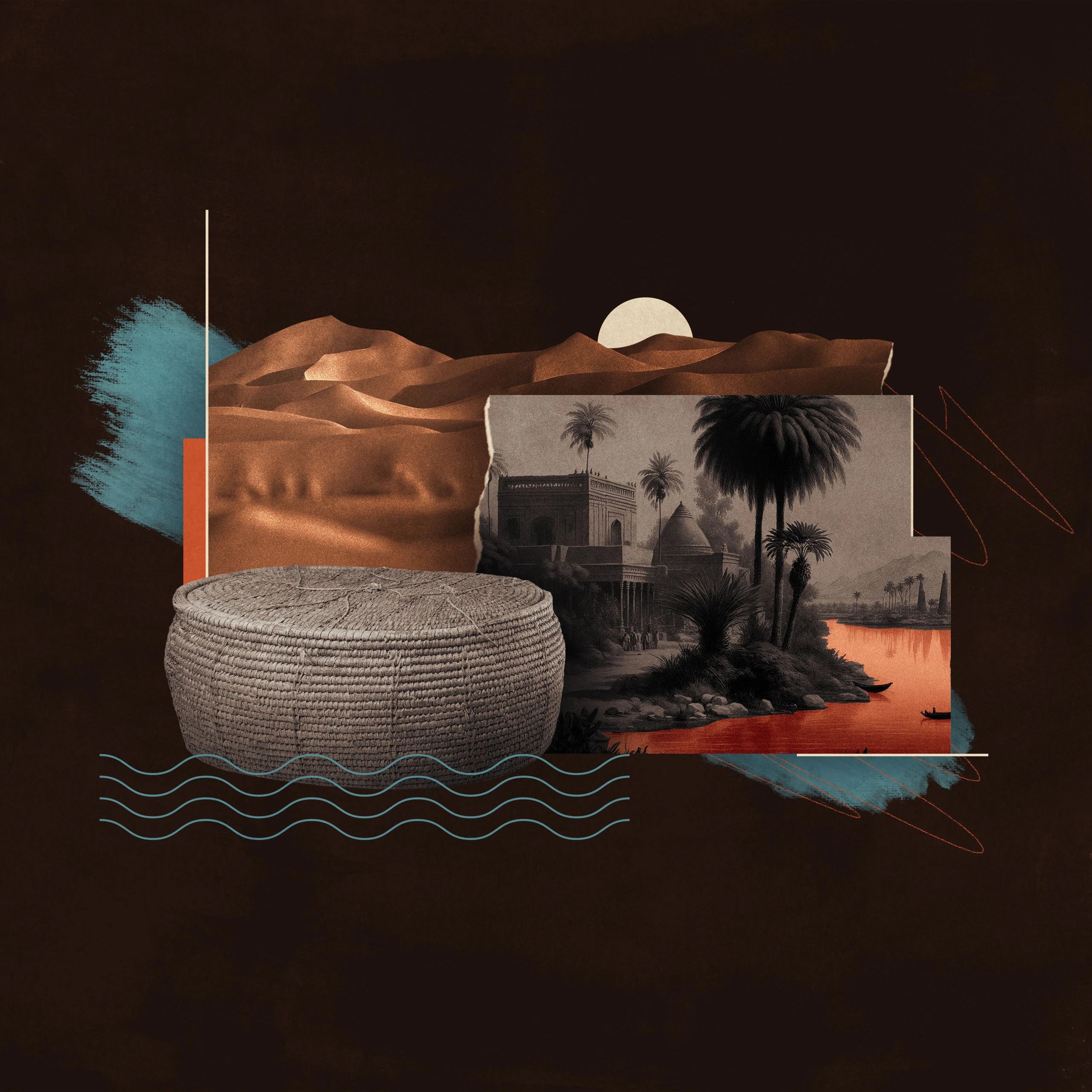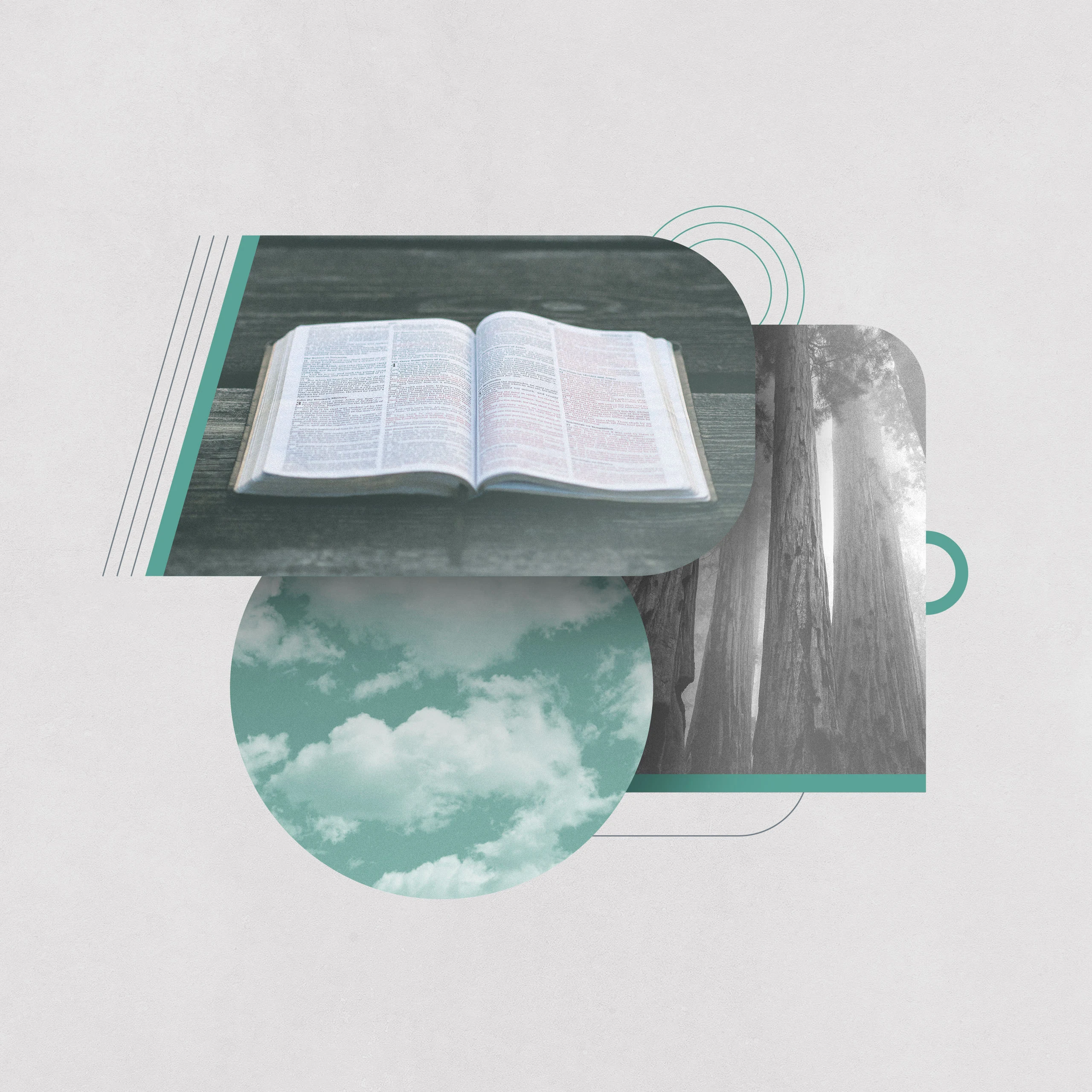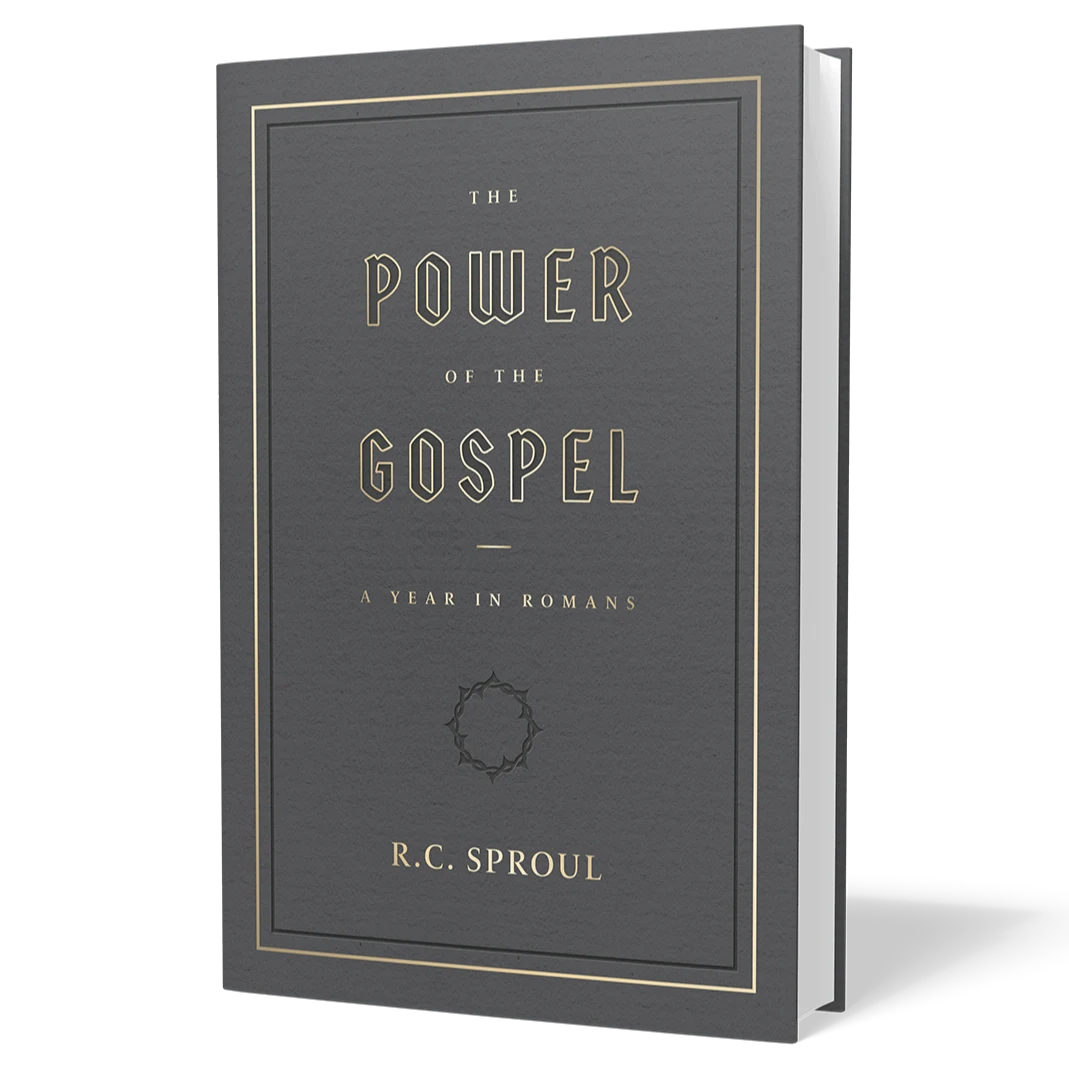3 Things You Should Know About Exodus

When I teach the book of Exodus, one of the realities that I find is that many of my students are mostly unaware of how deeply steeped the biblical author is in Egyptian culture. I believe this type of thinking holds true for much of the church today. Both Jewish and Christian traditions ascribe authorship to Moses. Moses knew well the language of Egypt, the theology of the Egyptian people, and the way of life of the land. In other words, Moses was not writing about Egypt at a distance, nor was he personally unfamiliar with the ins and outs of Egyptian culture. He had an in-depth familiarity with ancient Egypt, and I would like to consider briefly three parts of the exodus account that reflect this truth.
1. Exodus has profound thematic parallels that are sometimes missed.
We read in Exodus 2:1–10 that Jochebed, Moses’ mother, placed the baby in “a papyrus basket,” (Ex. 2:3, NIV) and thus entrusted him to the reeds on the shore of the Nile River. The two Hebrew words for “a papyrus basket” are both Egyptian loan-words. The first is gome, which is Egyptian for “papyrus,” that is, long reeds that are found in Egyptian waters such as the Nile River. The second term is tevah, an Egyptian word meaning “chest, coffin, ark.” That word is used in only one other story in the Old Testament, in the account of the flood, in which “the Lord then said to Noah, ‘Go into the ark (tevah), you and your whole family’ ” (Gen. 7:1, NIV). This is no mere coincidence. What we see here is a grand thematic parallel: both Noah and Moses undergo water ordeals in which they enter an ark, survive, and then become deliverers for their people. (It should also be noted that both Noah and Jochebed covered the arks with “pitch” to protect them from destructive elements [see Gen. 6:14].)
In verse 10 of the passage, we read about the naming of Moses by Pharaoh’s daughter, who raised Moses as her own son. She named the child “Moses,” which derives from a Hebrew verb that means “to draw out.” But that name is also an Egyptian word meaning “son of.” Egyptian names frequently employ it in conjunction with other words: Thutmosis (son of Thut) and Ahmosis (son of Ah) are well-known examples. For Moses, however, his name has no object of the genitive; his name simply means “son of.” This is likely a pun by the biblical writer to emphasize the point that Moses is, in reality, not a son of Egypt; his later rejection of Egypt confirms that he is a son of Israel (see Heb. 11:24–25).
2. The plagues seem to show not just God’s power but His power in contrast with the gods of Egypt.
A second truth about the book of Exodus that people often overlook is that the destruction of Egypt through the plagues is, in fact, ultimately a conflict between the God of Israel and the gods of Egypt. The plague account begins with God striking the Nile River and changing its water to blood (Ex. 7:14–25). Why does God employ this judgment against Egypt? The ancient Egyptians considered the Nile River to be the primary source of their existence. They further believed that in its inundation stage (when it waters the land), the Nile was deified and personified as the god Hapi. When the Lord turned the water of the Nile to blood, He was mocking that Egyptian deity. This plague served as a demonstration that true sustenance comes only from the sovereign hand of the Lord and not from a false pagan deity of the Egyptians. The other plagues as well may be seen as the Lord’s assault on many of the major deities of the Egyptians.
3. Exodus may have intentionally referenced a scene from Egyptian literature.
It is also important for the student of the Bible, thirdly, to understand that Moses wrote the book of Exodus having a keen awareness of ancient Egyptian literature of the time. Stephen tells us in Acts 7:22 that “Moses was instructed in all the wisdom of the Egyptians.” So, in regard to the great event of the Lord dividing the Red Sea, it is interesting to note that the Egyptians themselves had an account of a priest separating a large body of water. The Westcar Papyrus tells a story of the Egyptian King Snofru on a boat ride on a lake, and one of his female rowers drops her fish-shaped charm into the water. Snofru calls for the priest Djadjaemonkh to solve the problem. The priest divides the waters, placing one side of the lake on top of the other, and he finds the fish-shaped charm on the dry ground. Then he returns the water of the lake back to its original position. It appears that when Moses describes the Red Sea event, he mocks this Egyptian tale. The Egyptian priest may have divided a lake in search of a valuable charm, but the God of Israel divides the entire Red Sea and leads a nation through on dry ground. Who has the greater power?
This article is part of the Every Book of the Bible: 3 Things to Know collection.


